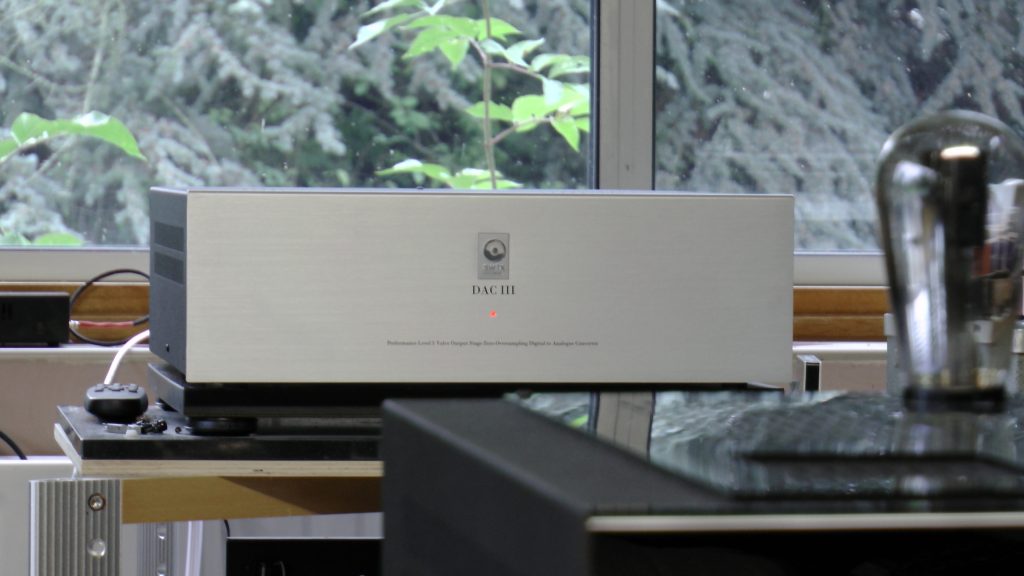To simply say what others have said differently, your statement is tantamount to stating "The GE 9X jet engine makes the best jet plane". I try my best to resist the "what I have is best" tendency so often demonstrated on this Board and all audio boards but be that as it may, I will put my SW1X DAC IIIB up against any DAC in existence. It uses a very "outdated" Philips 1541 chipset. But the secret is in the sauce;

SW1X Audio Design™ DAC III Balanced Features:
- Pure & Elegant NOS (Non oversampling – zero digital domain filtering) Design
- Balanced (& Single Ended) Signal Output Transformer de-coupled Valve Output Stage Topology
- EL84 Power Output Tubes, Zero NFB, Class A, Valve Output Stage
- Passive I/V conversion via a specially selected resistor with the shortest signal path directly connected to the tube grid
- Dynamic Element Matching (DEM) of the TDA1541 powered by an asynchronous E180F Valve Clock powered by EAA91 Valve Rectified & Choke Filtered Power Supply
- Discrete Transistor, Shunt Voltage Regulated Low Voltage Power Supplies
- 5U4GYB/5R4GYB Directly Heated Valve rectified CLC (choke filtered) B+ Power Supply
- Digital Input supports up to 24Bit/96kHz S/PDIF Signal Input
- Specially Selected and Harmonically Matched Component & Material Quality
- SW1X Audio Design™ Copper wound Super HiB DC core Signal Output Transformers
- M6 grain orient EI core Mains Transformers & Chokes (HiB double C-core available as an option)
- Circuit is wired with Specially Selected copper conductors of various geometry (single strand or Litz)
- AN Copper Foil in Oil interstage signal de-coupling Capacitors
- Black Gate de-coupling Capacitors for TDA1541 DAC
- AB 2W non-magnetic Carbon film Resistors in selected places
Tube Compliment: 2 x EL84, 1 x 6N6P, 1 x 5U5GYB/5R4GYB, 1 x E180F, 1 x EAA91

